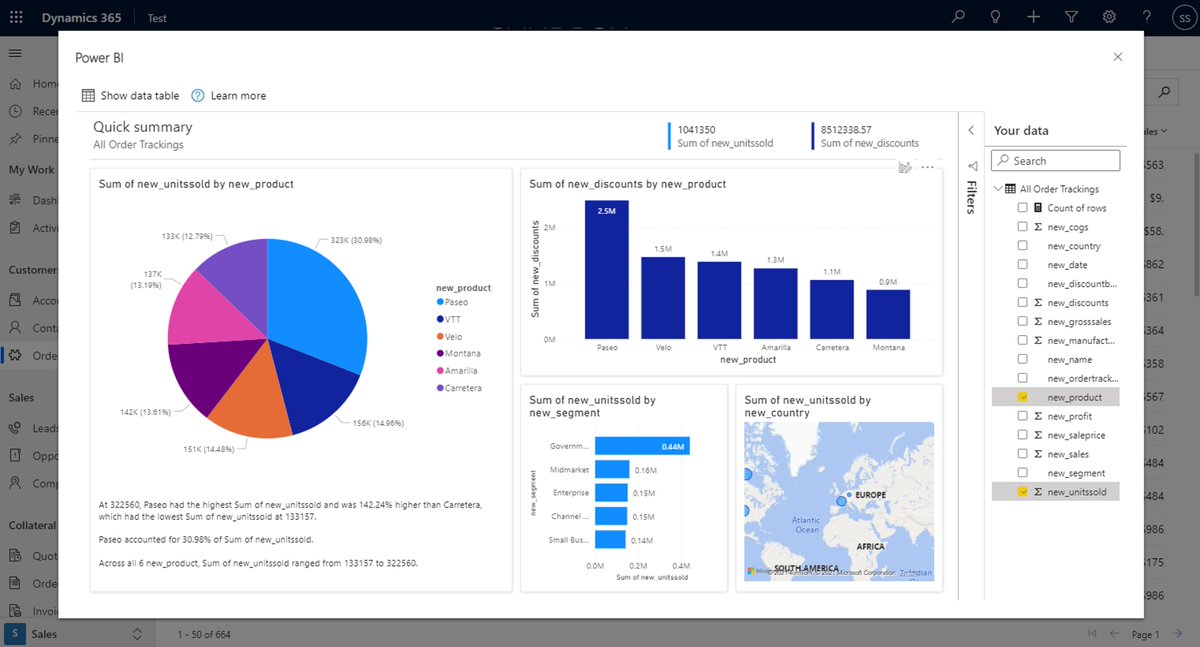

SELECTCOLUMNS ( addQuantityMixPriceVariance, "product",, "mix type",, "product and mix type", & " (" & & ")", "field", "sales budget", "value", ),

4- add quantity, mix and price variance calculations "units actual if no change in mix", / SUMX ( addUnitsSales, ) * SUMX ( addUnitsSales, ) ) 3- add price and Mix Type (added product, removed product, other)

"sales budget", CALCULATE ( SUM ('Budget' ),'Budget' = "Sales",'Budget' = EARLIER ( ) ) "sales actual", CALCULATE ( SUM ('Actual' ),'Actual' = "Sales",'Actual' = EARLIER ( ) ), "units budget", CALCULATE ( SUM ('Budget' ),'Budget' = "Units sold",'Budget' = EARLIER ( ) ), "units actual", CALCULATE ( SUM ('Actual' ),'Actual' = "Units sold",'Actual' = EARLIER ( ) ), VAR productTable = DISTINCT ( UNION ( DISTINCT ('Budget' ), DISTINCT ('Actual' ) ) ) – other products which are in both budget and actual – products removed from budget (not in actual): -5% such as Land Rover and Honda – products added (not in budget): 5% such as GMC The dashboard also shows the mix variance with the detail of: This positive impact is completely voided by the drop in Ford, Land Rover, and Honda. In our example, GMC and Acura are growing faster than the average and create a positive effect for 5%. The size of the variance (be it positive or negative) depends then on the product price: the higher the price, the bigger the variance. In the example, total units are dropping at -1% so products growing at a rate faster than -1% have a positive mix variance. The mix impact of a product is positive when the product is growing faster than the average sales, and negative when the product is growing slower than the averages sales.

The final reason for a change in sales is the change in mix, called the 'mix variance'.


 0 kommentar(er)
0 kommentar(er)
